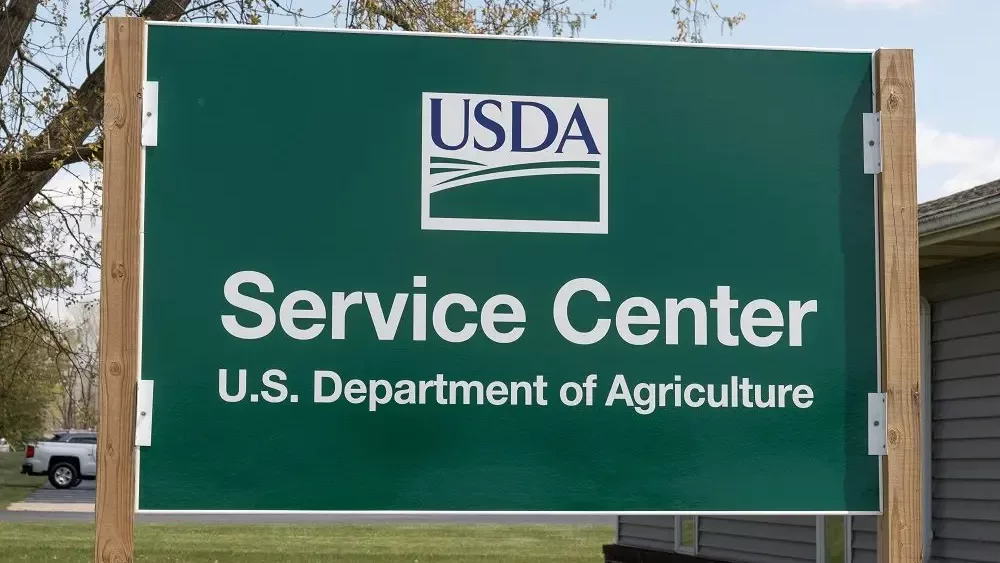This Yield Check update is made possible by Specialty Hybrids, it’s your field, our Specialty. Find your local field sales representative and yield results online at www.specialtyhybrids.com.
The theme of inconsistent yields has been consistent throughout the harvest season. And as harvest is nearing completion, some areas are more variable than others.
“In terms of yield, there’s a lot of variability in dryland yield, obviously with soil types, but considering the summer we had, I think everybody’s pretty happy with the yields we’re getting,” said Kyle Kelley, agronomist and owner of Cropwatch LLC in Sturgis.
He says the reason is twofold.
“You have the variability between heavier ground and lighter ground in a lot of places, but specifically [in Southwest Michigan] can change pretty quickly especially where we don’t have irrigation,” said Kelley.
The other reason is because of planting dates.
“Some of that earlier planted [crop] went through that cold snap—kind of struggled early on and that’s definitely showing up now,” he said. “Typically our earlier plant are better, but that’s not been the case across the board especially since some of the earlier planted stuff endured more of the heat.”
As harvest is coming to an end, Kelley is shifting his focus to the planting season. He said one of the things he’s most excited about is applying 2020’s lessons learned to 2021.
“Looking at planting date—the earlier planted stuff, maybe not all of it, but some of it didn’t work out quite as well,” he said. “We definitely have noticed that getting your beans in early had a great benefit to our bean yields, so getting beans in first and then focusing on corn has improved our yield and return on investment. You never quit learning farming, and as an agronomist, I never quit learning and implementing new practices.”






